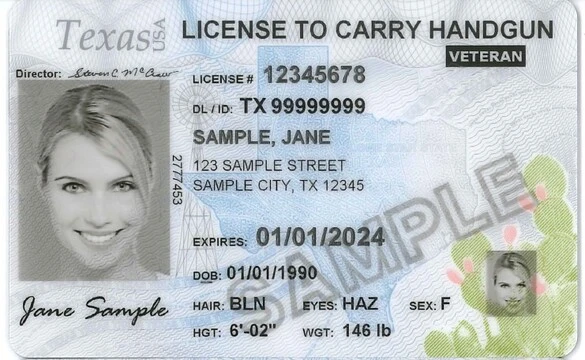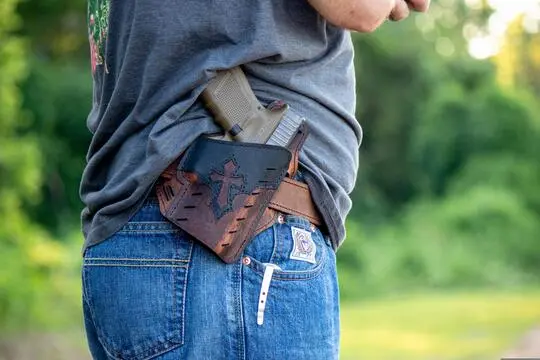In the realm of self-defense, the "21 Foot Rule" is a pivotal concept that has generated extensive debate and discussion. Originating from law enforcement training, this rule has significant implications for personal safety, particularly for those who carry firearms. This article aims to provide a comprehensive synthesis of the various perspectives and studies related to the 21 Foot Rule, offering a nuanced understanding of its application and limitations.
Understanding the 21 Foot Rule
The 21 Foot Rule is derived from the work of Sergeant Dennis Tueller of the Salt Lake City Police Department. In the early 1980s, Tueller conducted experiments to determine how quickly an average person could cover 21 feet. He found that an attacker armed with a knife could close this distance in approximately 1.5 seconds—the same amount of time it typically took for a trained officer to draw and fire their weapon. This finding was initially published in SWAT magazine in 1983 and later became known as the Tueller Drill.
The Tueller Drill
The Tueller Drill is a training exercise that simulates an attack scenario to help defenders understand the critical importance of reaction time. In this drill, a defender with a holstered firearm stands 21 feet away from an attacker armed with a training knife. The attacker charges the defender, who must draw and "fire" before the attacker reaches them. This drill emphasizes the need for quick reaction and situational awareness in close-quarters encounters.
Practical Implications of the 21 Foot Rule
For those who carry firearms, the 21 Foot Rule underscores the importance of maintaining distance and being prepared to react quickly to potential threats. However, it is crucial to understand that the rule is not a rigid standard but a guideline. Several factors can influence the dynamics of a defensive encounter, including:
- Speed: An attacker’s speed can vary significantly. Younger, more athletic individuals may cover 21 feet faster than average.
- Training: Regular practice can enhance one’s ability to draw and fire a weapon quickly and accurately.
- Concealment: Drawing from a concealed carry position typically takes longer than drawing from an open carry position.
Distance is Insurance: The Power of Space in Self Defense
Maintaining distance from a potential threat is one of the most effective ways to protect yourself in a self-defense situation. The idea that "distance is insurance" highlights the importance of creating space between yourself and an attacker.
Think of it this way: when you're close to someone, every action they take can have a significant impact on your safety. But when you're at a safe distance, you gain control over the situation. You have time to think, react, and respond in a way that prioritizes your safety.
The concept of "distance is insurance" emphasizes that having enough space between yourself and an attacker can be a powerful tool for self-defense. By maintaining a safe distance, you:
- Gain time to assess the situation and make a decision on how to respond
- Create a barrier or obstacle to slow down or prevent an attack
- Give yourself space to draw a firearm, if necessary, without being in close proximity to the attacker
In practical terms, this means that whenever possible, try to maintain a safe distance from someone who is behaving in a threatening or suspicious manner. This might mean stepping back, creating a barrier between you and the person, or simply moving away from the situation.
By prioritizing distance as a key aspect of self-defense, you can significantly reduce your risk of harm and increase your chances of safely resolving a potentially volatile situation.
Criticisms and Controversies
Despite its widespread recognition, the 21 Foot Rule has faced criticism and controversy. Some argue that it can create a "shoot first" mentality, where any perceived threat within 21 feet is met with lethal force. Others point out that the rule does not account for various factors such as the environment, the attacker's behavior, and the defender’s readiness.
Studies and Findings
Multiple studies have tested the 21 Foot Rule and its applications. For instance, the ALERRT Center at Texas State University conducted a multiphase study that found the average person could cover 21 feet in about 1.5 seconds, but officers' draw and fire times varied, especially under stress. This research highlighted that 21 feet might not always be a safe distance and suggested incorporating movement tactics in training to increase survivability.
Legal Cases Involving the 21 Foot Rule
The rule has been referenced in several legal cases, such as Buchanan v. City of San Jose and Florida v. Michael Drejka. These cases illustrate the complexities of applying the 21 Foot Rule in real-world situations and underscore that it should not be seen as a definitive standard for the use of force.
Practical Tips for Personal Safety
Understanding the 21 Foot Rule can help individuals make informed decisions about their personal safety. Key takeaways include:
- Maintain Distance: Try to keep at least 21 feet between yourself and a potential threat.
- Stay Alert: Always be aware of your surroundings and the actions of those nearby.
- Train Regularly: Practice drawing and firing your weapon to improve your response time.
- Know the Law: Understand the self-defense laws in your jurisdiction.
- Consider Alternatives: Sometimes, moving to cover or using a less-lethal option may be more effective.
Conclusion
The 21 Foot Rule remains a valuable tool for understanding the dynamics of self-defense. While it has limitations and should not be seen as an absolute standard, it provides critical insights into the importance of reaction time and distance in defensive encounters. By comprehensively understanding and applying this rule, individuals can better prepare to protect themselves and others.




